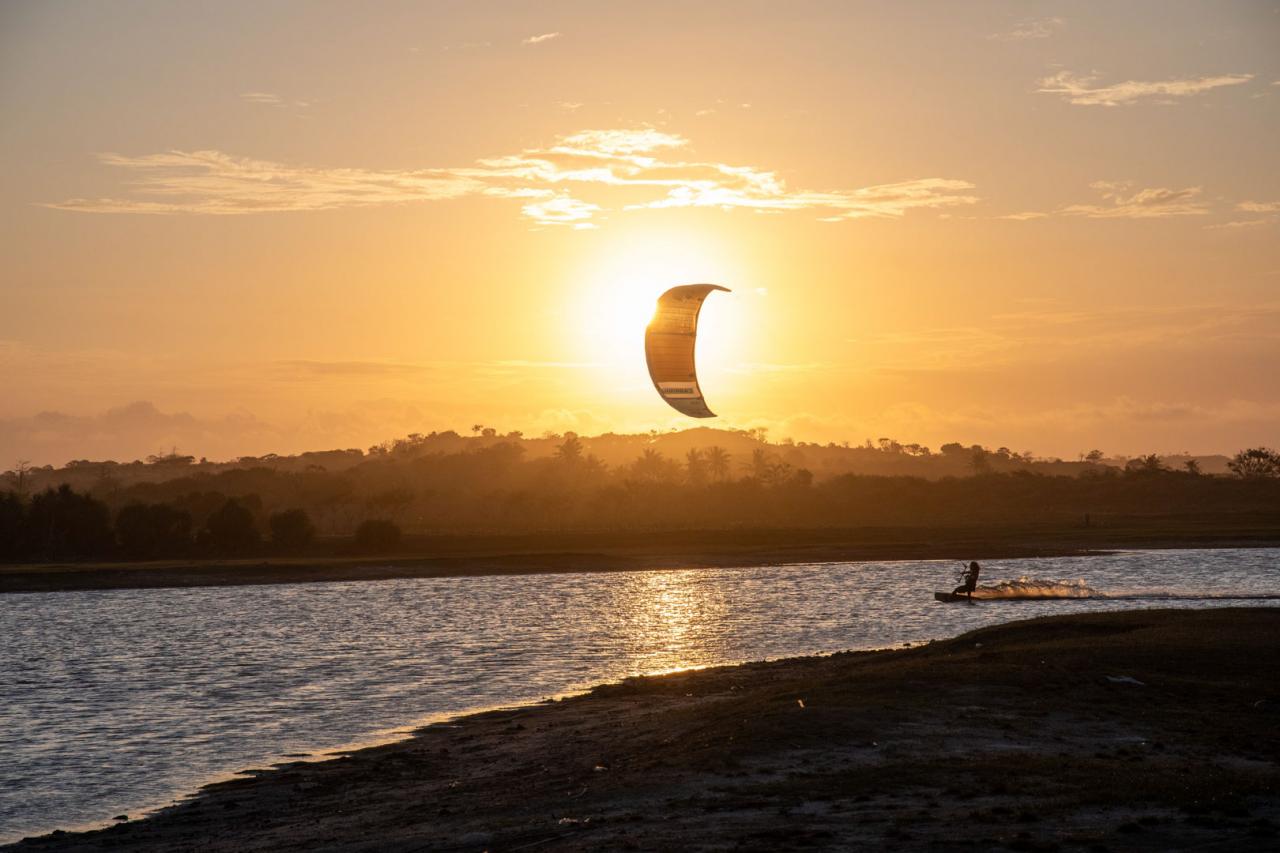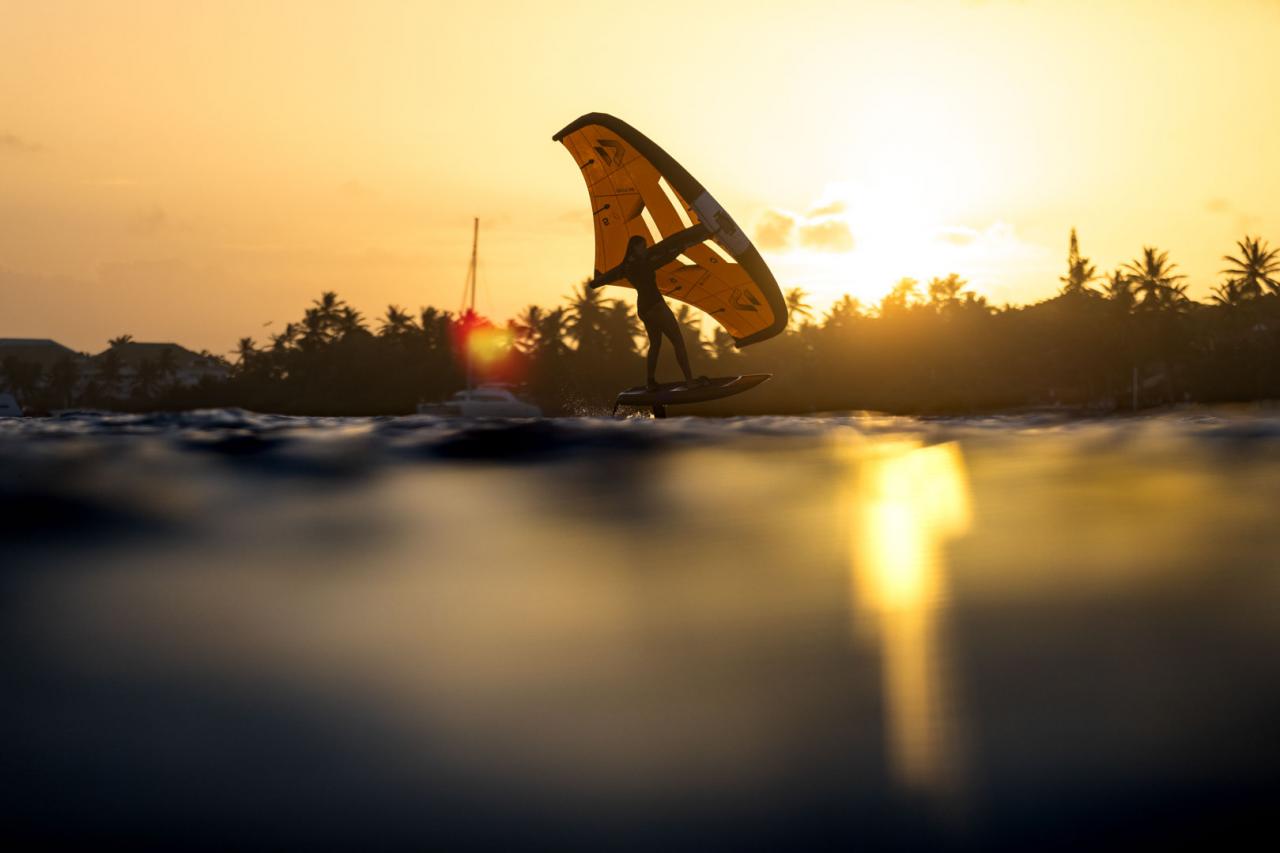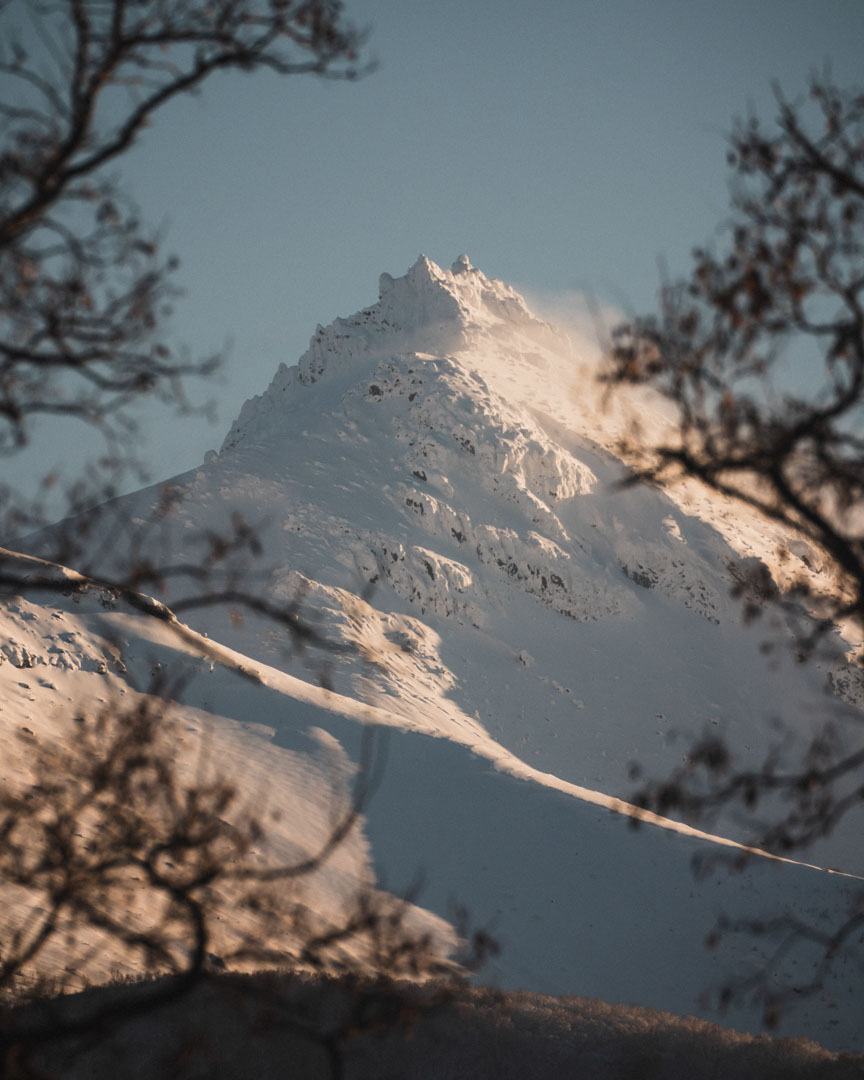For my wife and I, the catalyst of change started in early 2024 when we finally made the decision to close our kiting business in Kenya and leave Africa altogether.
Over the past ten years we had been running a successful kite school and luxury villa retreat in Diani Beach on the South Coast of Kenya, East Africa. Recognized as one of the most popular destinations in the world for safaris, Kenya also boasts award-winning white sandy beaches and steady trade winds that blow throughout the year, making it perfect for all levels to practice kitesurfing.
Despite being a beautiful country, famed for its scenic landscapes and vast wildlife preserves, Kenya sadly has a history marred by insecurity and internal conflict. Prolonged periods of civil unrest, coupled with escalating crime and a cost of living that has skyrocketed over the past three years, were just some of the reasons that finally convinced us that we were making the right decision to leave our home in Africa. Our decision to depart was not about abandoning Kenya; it was about following our hearts and prioritizing our well-being. To unlock your full potential, sometimes the only way forward is to step outside your comfort zone and embrace the risk.
Having total carte blanche to travel the world was something that we both had desperately felt we needed, and so, with great enthusiasm, we set about planning a sabbatical period that would provide us with the opportunity to recharge our batteries, travel, expand our network, and reflect upon our time in Kenya. After hours of careful deliberation, we finally set our sights on Southeast Asia. Thrilled about the prospect of discovering a new country, we decided to begin our latest adventure in Indonesia.
Composed of some 17,500 islands, Indonesia is officially the world’s largest archipelagic state and stretches from Sumatra in Asia to the western part of New Guinea in Oceania. With a firmly cemented reputation as an idyllic surfing destination, we knew there would be no shortage of vibrant culture and epic waves to catch in this year-round tropical paradise.
We departed from Venice, Italy with Indigo Air, arriving twenty-one hours later at Jakarta International Airport (Soekarno-Hatta) on the island of Java. Having booked a connecting flight to Lombok for the following day meant we would need to stop overnight in Jakarta. Traveling long distances is never comfortable and we were both grateful for the chance to stretch out and grab a few hours of proper rest. The flight from Jakarta to the island of Lombok takes less than two hours. After arranging our rental car for the trip ahead, we set off for Ekas.
Ekas is often used interchangeably to describe the southeast corner of Lombok, referring to both the village there as well as the surf breaks. Lombok is much quieter and less touristy compared to the neighboring Island of Bali. This makes it an ideal destination for travelers seeking peace and beauty away from the crowds.
Despite not having the same reputation for being a wind destination like some of its Asian counterparts such as Vietnam or the Philippines, Kaliantan Beach in southern Lombok offers some of the most reliable wind conditions in all of Indonesia. After spending over a month in Lombok’s kitesurfing paradise, my impression is that it won’t be long before the tourist radar picks up on this spot and it becomes extremely popular with wind seekers from all around the world.
With limited accommodation options close to the spot, we decided to rent a small Joglo in Ekas village. The Indonesian Joglo is a traditional type of vernacular house commonly built by the Javanese people. The stunning view of Mount Rinjani that dominated the landscape was a gentle reminder that we were inside the Pacific Ring of Fire!
We linked up with our friend, Ewan, who had just recently moved to Lombok and started working at the Ekas Surf Resort as their head surf and kite instructor. Ewan had been one of the kitesurfing instructors who worked for us in Kenya, and we had remained good friends over the years. Aside from a handful of warungs, which is the blanket term used in Indonesia for all the small-scale shops, stalls, and restaurants that are locally run, Ekas Resort is the main hangout spot in the area, offering lessons, accommodations, and guided trips.
Traveling to the kite spot from Ekas takes roughly fifteen minutes by car. The winding route takes you past dramatic cliffs, fields of green tobacco leaves and rice paddies with herds of water buffalo steadily cooperating with their farmer companions. The roads in Lombok vary in condition. In the larger metropolitan areas like Kuta, the streets are in much better shape than those found in the more rural areas. The roads around Ekas are generally very bumpy and have several random hazards including potholes, gravel piles, livestock, and religious processions. Driving in Indonesia can be best described as adventurous, and the combination of complex terrain and manic village scenes that we passed through took me straight back to Africa, leaving me with a strong sense of nostalgia for the life we had just left behind.
Kaliantan Beach is located in a somewhat remote area which greatly contributes to its peaceful and serene atmosphere. Kiters planning to visit the spot should bring sufficient provisions with them as there are no shops or supermarkets nearby. We carried pasta salad, sandwiches and water with us every day and picnicked under the local bamboo pergolas which can be found along the beach.
The most popular riding spot and designated teaching zone is just around the corner from the main Kaliantan Beach. The beach here is wide and sandy, with plenty of space for kite setup, launching and landing. One of the big draws for the area is that it rarely gets overcrowded due to being relatively unknown, so you won’t need to fight for space out on the water. The lagoon is protected by a surrounding coral reef and benefits from steady side-on-shore winds that make it safe for beginners and pros alike. At low tide, the water remains flat and is perfect for freestyle and freeriding. On the high tide it becomes choppier but offers some insane wave-riding conditions further outside on the reef.
The wind season in Lombok runs from May until the end of September, with average wind speeds ranging from 15–20 knots out on the water. July and August tend to be the strongest wind months, with most days boasting a healthy 25 knots average of steady trade winds that begin to pick up from late morning and continues to blow until sunset.
There are no kite schools permanently based at the beach, so if you are seeking equipment rental or lessons, everything needs to be booked and arranged in advance with Ewan at the Ekas Surf Resort. The center is operating using the latest Ozone kites and is the only official IKO Center based in Lombok.
The primary shoreline at Kaliantan Beach, which is just downwind from the teaching spot, offers a massive lagoon that has a fringing reef roughly 500 meters offshore. Sections of the coral shelf protrude out from the reef and form a variety of striking rocky outcrops and formations that are spectacular to witness. Due to the number of seaweed farms that occupy the lagoon, the spot is not beginner friendly, but I managed to score some of my best sessions there on the mid to low tide.
The climate in Lombok is tropical and hot all year-round. During the dry season (May–September) the humidity drops, the wind starts to build while the ocean and air cools down. The water temperature is a pleasant 24°C/ 75°F, so there is no need to carry a wetsuit, but a rash vest or neoprene top is recommended to combat the sun and the wind chill.
Kitesurfing has taken me to some of the most hidden and remote places in Africa. I love adventuring around and exploring new spots away from the crowds. Whether I was picking critical lines between the bamboo racks suspended beneath the surface of the ocean, flying between and over the traditional fishing boats, or high-fiving the local women and children who were there to cultivate the seaweed, the feeling of freedom that I experienced during those sessions reminded me about why I started kitesurfing in the first place.
One of the biggest draw cards for visiting Indonesia are its wonderful people. In general, Indonesian society is famous for being gracious and welcoming, especially to foreigners. With over three hundred ethnic groups spread out between the islands, there is a long history of tolerance and inter-cultural acceptance. This warm hospitality and distinctive blend of culture add an extra layer of charm to the kitesurfing experience.
When the wind doesn’t play ball, the obvious no-wind solution is to go surfing. The beaches around Ekas are comprised of beautiful, undeveloped, white sandy bays that have managed to retain their charm due to the lack of human traffic. The two main surf spots are known as Ekas Inside and Ekas Outside. Together, they offer an awesome variation of wave shapes that suit an entire range of surfer ability and style.
Lombok is a year-round surf destination with the peak wave season running from April until October. During this period, it is common for the island to receive consistent 4 -12ft, SSW -WSW swells.
Kitesurfing in Indonesia is always going to be an adventure as new spots are constantly being discovered throughout the extensive island chain. We spent two months exploring the archipelago and, in our opinion, Kaliantan Beach offers the most premier experience due to its world-class turquoise water, steady trade winds, vast lagoon, and extensive reefs.
Aside from all the watersports on offer, there are a million reasons to visit Indonesia, and this trip felt like a once-in-a-lifetime vacation. With its diverse beauty, the island chain continues to enthrall tourists with its breathtaking natural landscapes, rich cultural heritage, diverse wildlife, warm hospitality, and unique festivals. With such varied experiences and attractions, Indonesia is a must-see destination in Southeast Asia and a unique kitesurfing destination that needs to be on every rider’s bucket list.









